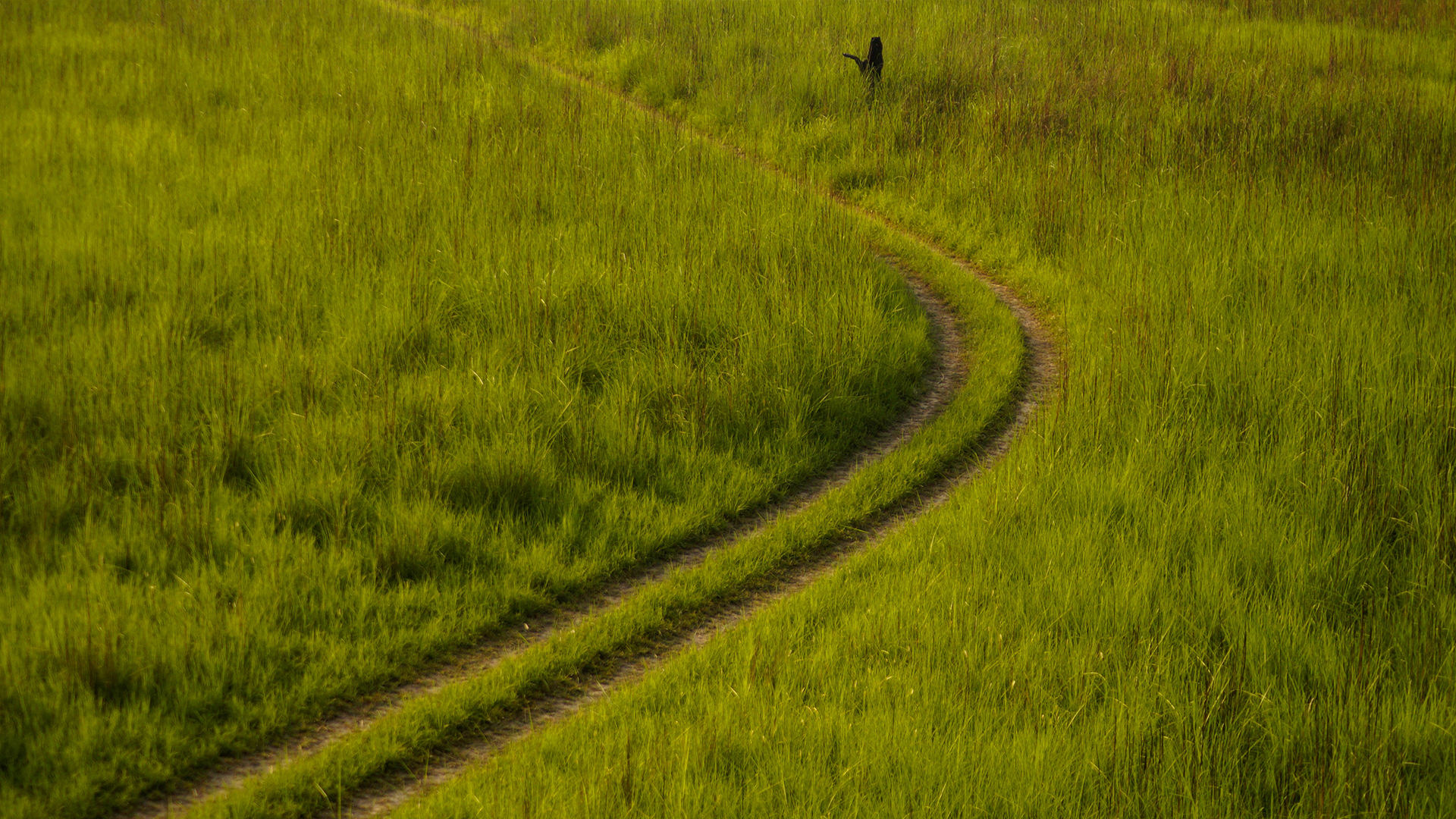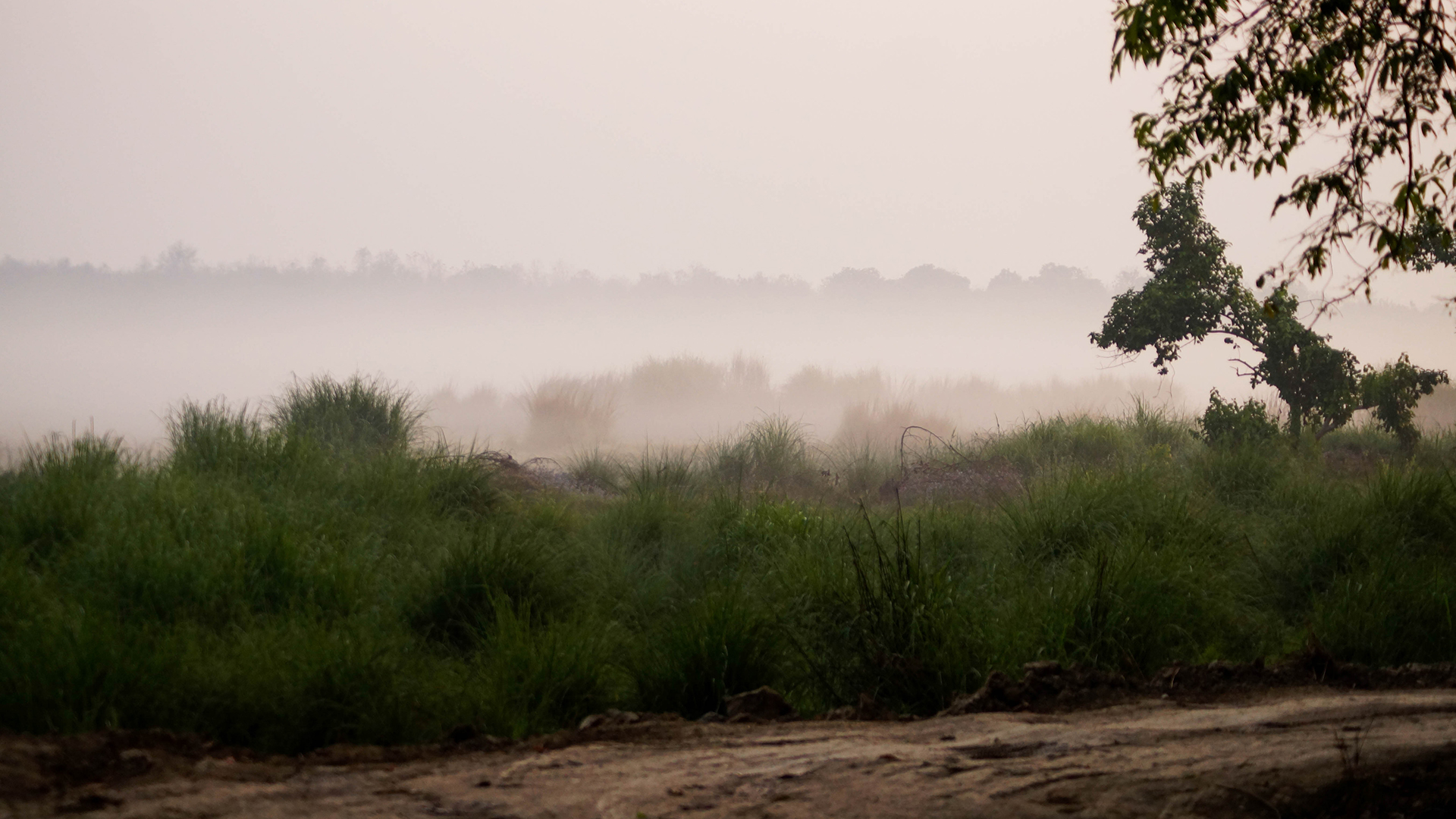
Grasslands: The Most Threatend of the Ecosystems
The Story of Environment Conservation in India has turned full circle. At the dawn of Freedom, sixty years ago, there was this mad zeal for clearing jungles and forests for settlement and agriculture. Today, there is hardly anyone who does not talk about planting trees and saplings. ‘Green’ is now ingrained in the psyche, at least.
But, unfortunately, there is scant sensitivity for the ‘other types’ of forests; the Shrub Jungles, the Wetlands and especially the Grasslands. The Grasslands are the most threatened eco-system because they are not considered as a forest type. The grasslands have been rated as a wasteland even by the Forest Department. They have thus borne the onslaught of not just ‘development’, but also conversion to agricultural land and plantation forest. But the fact is that man cannot create more Grassland.

Millions and millions of years ago, India was a part of a Supercontinent called Gondwanaland (that also consisted of Africa, Australia, Antarctica and South America). The Indian landmass separated from this Super-continent and drifted towards its present place in Asia. The Sea of Tethys formed the frontier between Asia and the Indian landmass. The Himalayas gradually arose from the bed of the Sea of Tethys. This Sea gradually shrunk and was covered with silt brought down by the Himalayan Rivers. The Indo-Gangetic plains of Uttar Pradesh are that very Sea of Tethys. This is proved by Marine shells that have been found here by boring to a great depth. It has also been confirmed by Archaeological and Paleo-botanic technology that the landmass of Uttar Pradesh was Grassland since antiquity. This Grassland was quite different from the Prairies of North America and Savannahs of Central Asia. It was a Wet Grassland.

There is an immense socio-religious importance of the Munj grass in India. It is quite possible that it has something to do with the fact that this is a typical grassland flora.
But where have the Grasslands of Uttar Pradesh disappeared? The Farms and croplands that we see around us are the result of the conversion into agricultural land over a period of tens of thousands of years. It is to these Grasslands that we can attribute the fertility of our soil. Uttar Pradesh is the bread-bowl of India not because of the Green Revolution but because of the Grasslands.
Today, we are witnessing a terrible extinction of many life-forms. The most shocking tragedy of our time is the virtual disappearance of the Common Sparrow. Though their decline has occurred due to excessive use of pesticides, I do believe that it is also related to the exploitation of our Natural Grasslands. The disappearance of Grasslands has also threatened the existence of many species of grain-eating birds like the warblers, buntings, munias, quails and partridges.
At, Dudhwa, we still are lucky to have vast stretches of grasslands, but their management is really tedious.
While the Forest Department undertakes massive afforestation this monsoon and people hug trees, let us also think about the humble grass that we trample under our foot without the slightest concern. Not too long ago, this humble grass was the dominant flora of our land.

